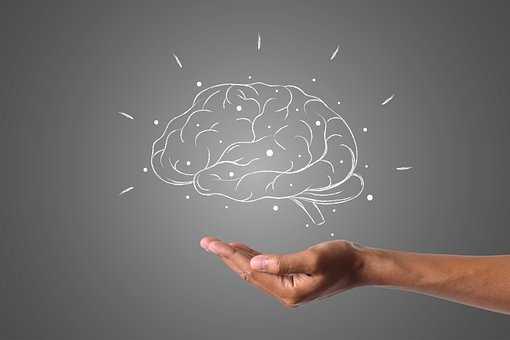Simulation: The Way The Brain Really Works
Every moment that we are alive, our brain utilizes concepts to simulate the surrounding environment, practically creating ‘our’ world.
At any given moment, our brain tries to reconstruct, guess or compute what’s happening in the world using simulation. There is a lot of noisy, ambiguous information from our senses, which our brain uses to construct a simulation, and derive meaning from a fraction of the information(which seems relevant) while discarding the rest.
161
977 reads
CURATED FROM
IDEAS CURATED BY
If you don't measure it, you can't improve it. Working on my own personal gols and objectives.
The idea is part of this collection:
Learn more about personaldevelopment with this collection
How to find purpose and meaning in life
How to cultivate gratitude
Techniques for managing negative thoughts
Related collections
Read & Learn
20x Faster
without
deepstash
with
deepstash
with
deepstash
Personalized microlearning
—
100+ Learning Journeys
—
Access to 200,000+ ideas
—
Access to the mobile app
—
Unlimited idea saving
—
—
Unlimited history
—
—
Unlimited listening to ideas
—
—
Downloading & offline access
—
—
Supercharge your mind with one idea per day
Enter your email and spend 1 minute every day to learn something new.
I agree to receive email updates
